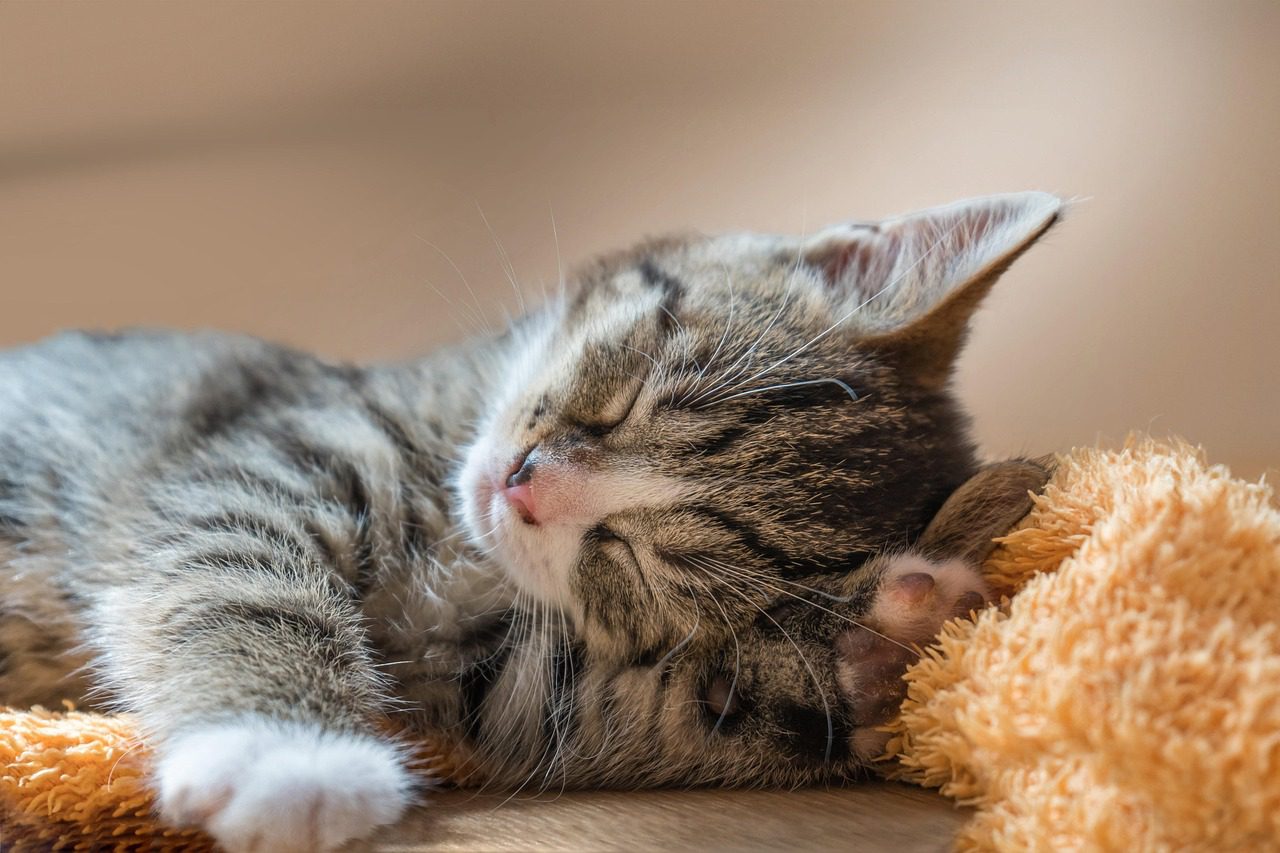“Help! Tom’s been run over!”
I stopped what I was doing, and, as I descended the stairs to reception, I could hear others
in my team approaching too.
A distraught lady was clutching a bundle wrapped in a towel.
Leaving a colleague to talk to her, I gently took the patient straight into our theatre. Around
me nurses were preparing to provide oxygen, warmth and intravenous access, without the
need to be asked.
I gently unwrapped the parcel, and to find a black cat. I was relieved that he was still
breathing. It looked like his face had taken the worst of it, and he looked terrible, but at least
he was alive.
We stabilised him, and began the process of assessing his injuries.
Despite appearances, he was remarkably unharmed from the neck down, although in shock.
But there were multiple fractures to his face, including his jaw bone.
Nowadays there are amazing veterinary surgeons who can repair these, but back then this
was not yet happening, and a lot would depend on Tom’s desire to survive. Having a broken
jaw bone makes it incredibly hard to eat.
The following day, when Tom was fit enough to stand it, we anaesthetised him for x-rays and
to see what we could do to help. We needed to get his teeth in the broken lower jaw to line
up again, but the bone is so thin, it was challenging to anchor any wires where they would do
no harm.
We were not completely satisfied, but did the best we could.
Luckily Tom was young and fit, with a true fighting spirit. Despite his initial pain and disability,
he was keen to lap the food the nurses offered via a syringe. Soon he was fit enough to be
nursed at home.
Six weeks later, it was as if his accident had never happened. We removed the wires under
a second anaesthetic. It was brilliant to see him again, a complete contrast to the bundle in
the blanket I first met. I just hope that he now understands to look both ways before crossing
a road!




